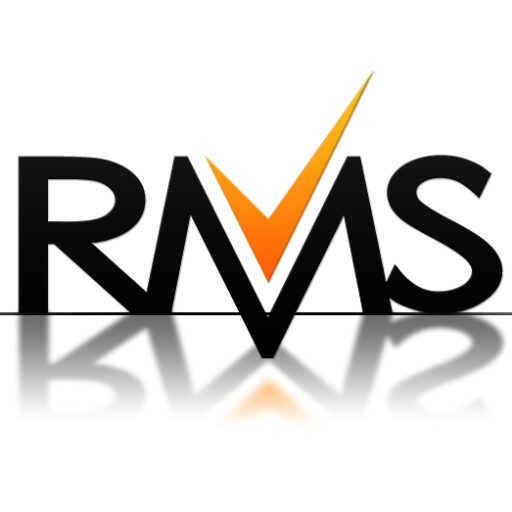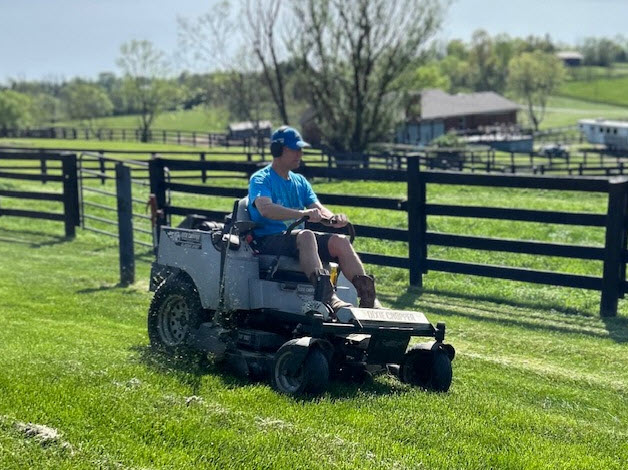When I am working with people and trying to learn about them, I will ask “who ultimately owns what you deliver every day?” Depending on the role of the person I am working with, I typically get a few different answers. Many managers will say that they own what is delivered each day by the collectors on their team. Many collectors will say that their manager is responsible for their output because they tell them what to do. Sometimes I will get managers and collectors to say that they own what they deliver every day. In my opinion, the answer is always the person delivering the work owns the output.
Why is there fear in owning your own work?
I believe that many people that work in a medium to large size organization feel comfortable when there is a lot of ambiguity around what they are required to deliver every day. If someone cannot be pinned down to specific requirements, there is always a way out. I have worked in an organization like that, and it gets frustrating watching people get by with little or no consistent effort. I like to believe that as an employee (your name is not on the building), you must reapply for your job every day through your actions.
What makes collections the perfect environment for employee ownership?
As a collector for over 30 years, I have concluded that every collector can deliver strong results without any other collector paying the price. Think about it, how many times in your collection organization do you run out of work (if you are staffed properly). There are always customers who need help solving their financial situations. Collectors are not competing because there is enough work going around to enable everyone to deliver their optimal performance.
Collections is filled with metrics that can be used to evaluate every activity done to be able to help resolve a customer’s account. From how much time a collector is paid and works, to how many accounts and customers they interact with, to promises and payments, to dollars collected and eventually accounts cured. Every one of these metrics aligns into a very logical flow that I like to call a collector’s financial statements (sounds like an owner of a business).
How do you build an organization where people take ownership for what they deliver?
I believe the first step in creating ownership is to have a robust performance management process.
- Just like the title says, setting clear expectations is critical. In a culture of ownership, setting expectations requires collection leaders to set standards for required financial and compliance results. The expectations also include that each person, collector, and manager, must develop a monthly plan on what they are going to deliver and how they are going to achieve their results. A manager’s plan is the sum of their team’s plan. If the collector and manager exceed the established standards, they are, what I like to say, profitable.
- To enable a collector and manager to establish a plan, reporting must exist that provides the details for how they deliver results. Reporting must be extremely accurate and timely. Providing this information daily allows a collector and manager to build their monthly plan (financial statements). The plans are reviewed and accepted by the collector and manager’s manager prior to the start of the next month.
- Teaching collectors and managers how to understand collection reporting and metrics is critical to success. That means coaching and developing each person on the team is a requirement for all managers (collectors too). Too many times I see good and reasonable standards along with strong reporting and collectors struggling or unwilling to build a monthly plan. Leadership must set the expectation that coaching, and development is required for all employees.
- The last piece of a robust performance management process is recognizing and rewarding behaviors. This is typically praise and awards. Those are pleasant things to have and are fun to deliver. Effective recognition is also a daily reinforcement of success. It can also include a swift kick in the butt if someone goes off the rails. Regardless, providing constant and relevant feedback on performance is important in helping people stay engaged in what they deliver every day.

What could this look like in the real world?
Think about this scenario – you have a team of twenty collectors who all share their plan with you prior to a month. You accept the plans and incorporate them into your plan. Each collector monitors their performance daily and engages with you if they see risk in their numbers. At the end of the month, most delivered on their plan and the others prepared you for possible risk in their numbers. You were able to monitor and achieve your plan for the month. People often say that a twenty to one ratio is too high for leading collectors. If your team acted like this team and delivered consistent results, is twenty to one too high?
Does this approach really work?
I have executed this approach as a collection team leader, senior leader, and operations director. It is not easy, and it takes time to get everyone to buy into the approach. There will be many challenges and most likely turnover. As progress is made, more people will feel the difference and get onboard. I like to say that it takes at least a year to see real progress at the organization level. You will see individuals figure it out and get good at delivering their optimal performance monthly.
Summary
Wrapping things up, let’s put a bow on this discussion about the magic of clear expectations and ownership in the fascinating world of collections. With more than three decades in the game, I’ve come to appreciate that owning your work is like the secret to success. We tackled the fear factor, and hey, collections turns out to be the perfect playground for embracing ownership – endless work and metrics galore! From setting crystal-clear expectations to providing accurate reporting and coaching, it’s been a journey filled with amazing stories of success. The real-world scenario? Picture a team sharing plans like it’s a strategic potluck – who wouldn’t want to be part of that collection team? So, in a nutshell, embracing ownership isn’t just a work strategy; it’s a vibe that can sprinkle some serious magic on organizational progress.


Ken Evanic
Contact Ken at ken.evancic@resourcemanagement.com or on LinkedIn: Ken Evancic
Author: Ken Evancic
Ken Evancic is a Vice President at Resource Management Services, Inc. Ken Evancic is a collections veteran with over 25 years experience. He has managed all phases of collection, including all levels of delinquency, automated dialer units, early out agency management, recovery, and skip tracing. In addition to collections operations management, he has lead initiatives in the areas of performance management, collections strategy development, collector and manager training, collector desktop design, collections reporting systems, and risk and compliance.
As a consultant for Resource Management Services, Inc., Ken has specialized in developing and completing third party compliance and performance audits for collections agencies and collection attorney firms for many top credit grantors and debt buyers. He has leveraged his 25 years of experience to develop multiple collector and collection management training classes designed to maximize collector performance. In addition to collection training, Ken helped develop and facilitates the RMS Third Party Vendor Auditing training.




